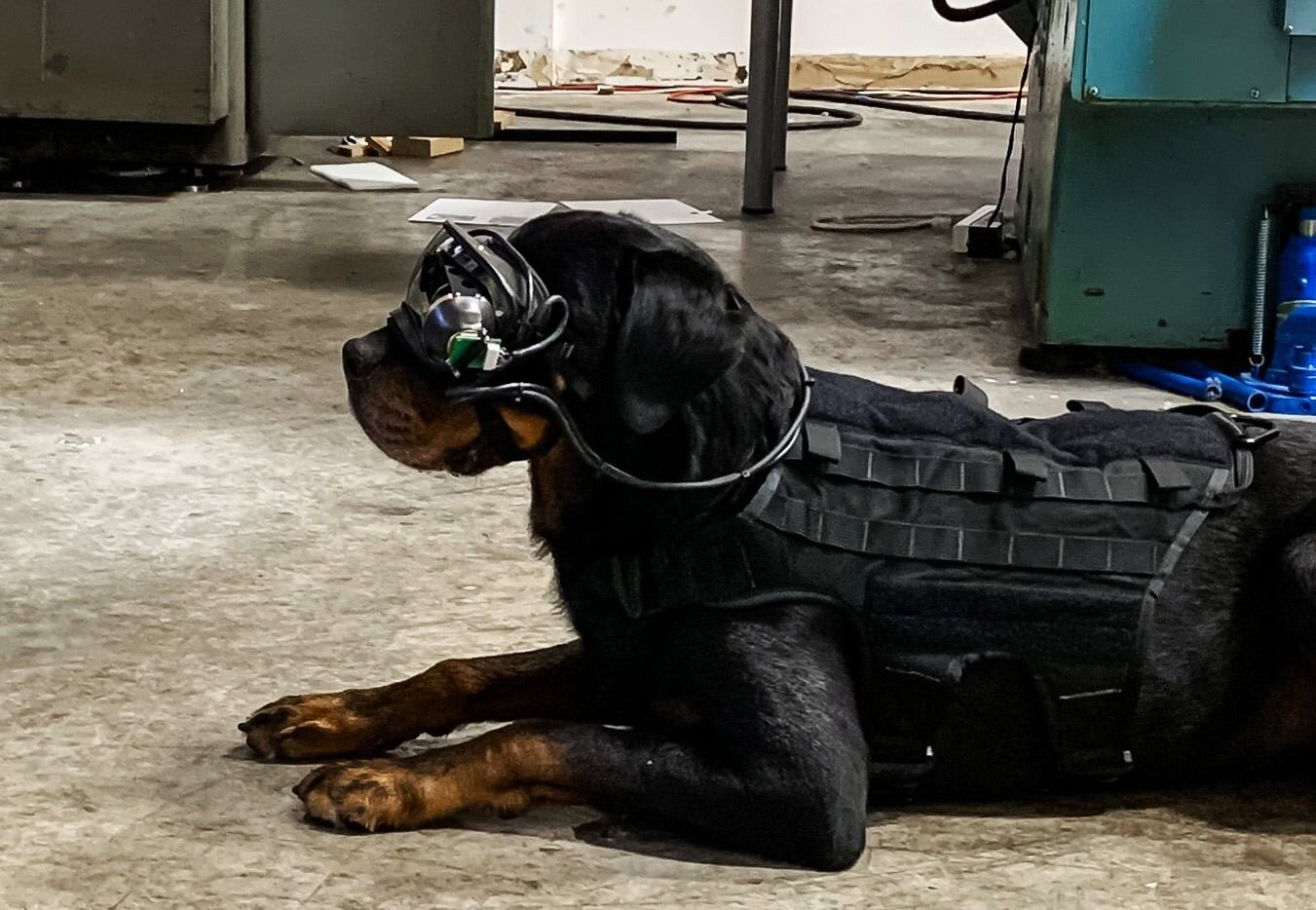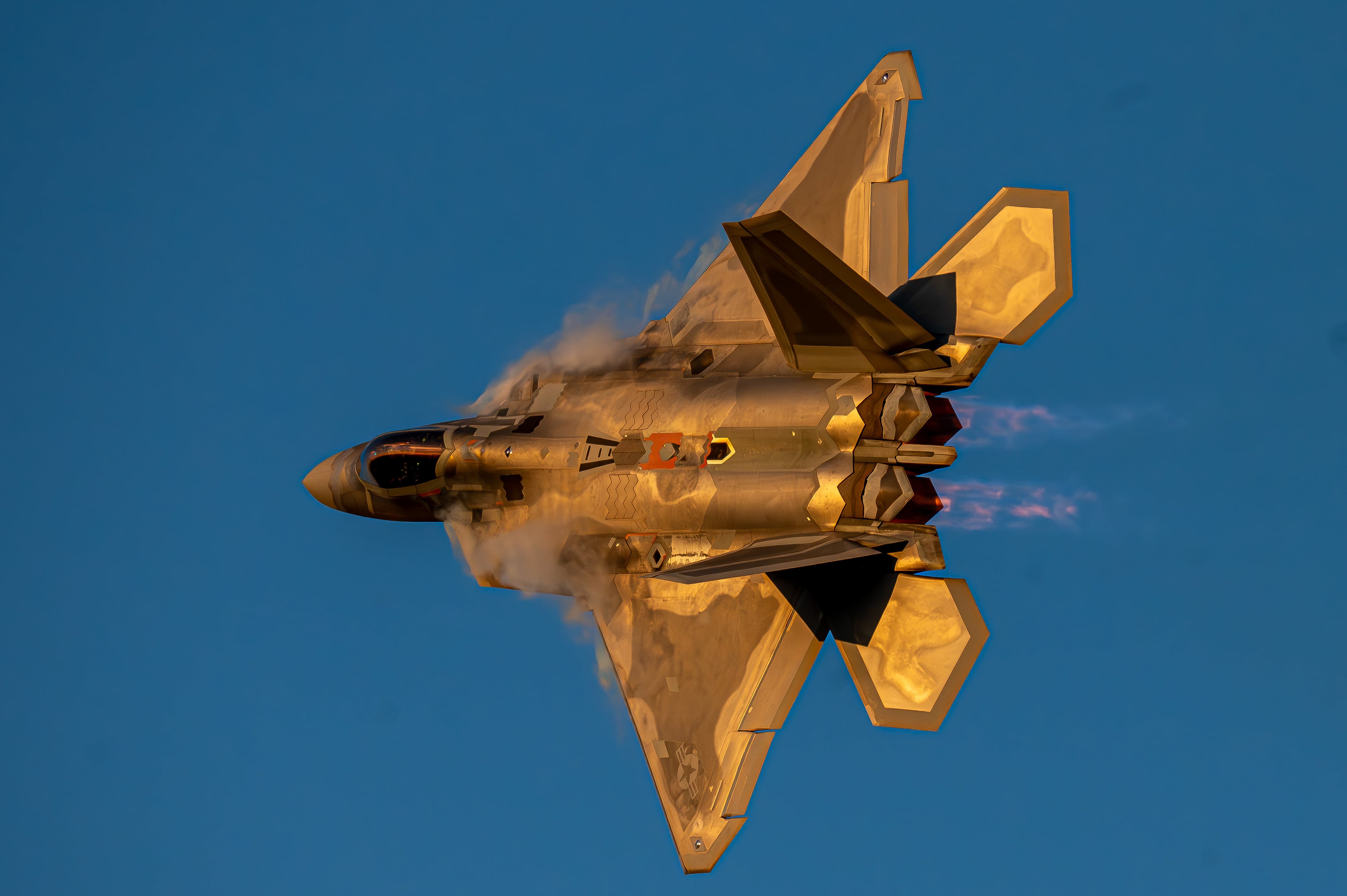It’s not plunging a dog into full-blown virtual reality, but initial stages of testing on a new device could help connect trainers and military dogs by way of laser pointers and augmented reality.
The augmented reality goggle for dogs could help military canine trainers better direct their furry helpers in complex, dangerous situations where the trainer can’t be by their side.
Dr. Stephen Lee, an ARO senior scientist, first worked years ago with military research personnel to try and develop an artificial nose — like a dog’s — meant for detecting bomb materials. But he soon realized that, in doing so, they would be getting rid of all the other things that make a dog a great combat companion.
“Augmented reality works differently for dogs than for humans,” said Lee. “AR will be used to provide dogs with commands and cues; it’s not for the dog to interact with it like a human does. This new technology offers us a critical tool to better communicate with military working dogs.”
Over the past two decades more protection devices, such as armor, hearing protection, and goggles have been developed and incorporated into dog habituation and training. Along the way trainers began using laser pointers to guide dogs to an object or a specific part of a larger item, such as an individual pocket on a piece of luggage.
Trainers are also equipping dogs with lightweight cameras and small speakers so they can give remote commands and see things from the dog’s point of view. Those developments have helped handlers move beyond hand signals and voice commands, or at least extend those aspects beyond line of sight.
Still, these technological evolutions could not solve the basic physics of a laser, which doesn’t readily bend around corners. That’s where the new goggle comes in.
Developed by Dr. A.J. Peper, the tech enables the trainer to not only see from the perspective of the dog, but also allows for a virtual laser pointer to be projected into the dog’s line of sight.
“We are still in the beginning research stages of applying this technology to dogs, but the results from our initial research are extremely promising,” Peper said.

The goggle also helps to stabilize the video feed, which was traditionally fed back from a camera placed on a dog’s back.
The early prototype, currently a wired version, has mostly been tested on Peper’s Rottweiler dog “Mater.”
“His ability to generalize from other training to working through the AR goggles has been incredible,” Peper said. "We still have a way to go from a basic science and development perspective before it will be ready for the wear and tear our military dogs will place on the units.”
The next step, Peper says, is to go wireless and perform additional testing using other military working dogs, a process that shouldn’t pose too many complications given the familiarity of many “guiding dogs” with laser pointer use.
Full-on virtual reality may be in the distant future, but it’s not out of the realm of possibility.
Anticipated hurdles include improving the radios and cameras, streamlining the gear the dog has to carry, and discerning the wavelengths appropriate for a dog’s vision, he said.
Todd South has written about crime, courts, government and the military for multiple publications since 2004 and was named a 2014 Pulitzer finalist for a co-written project on witness intimidation. Todd is a Marine veteran of the Iraq War.
In Other News













